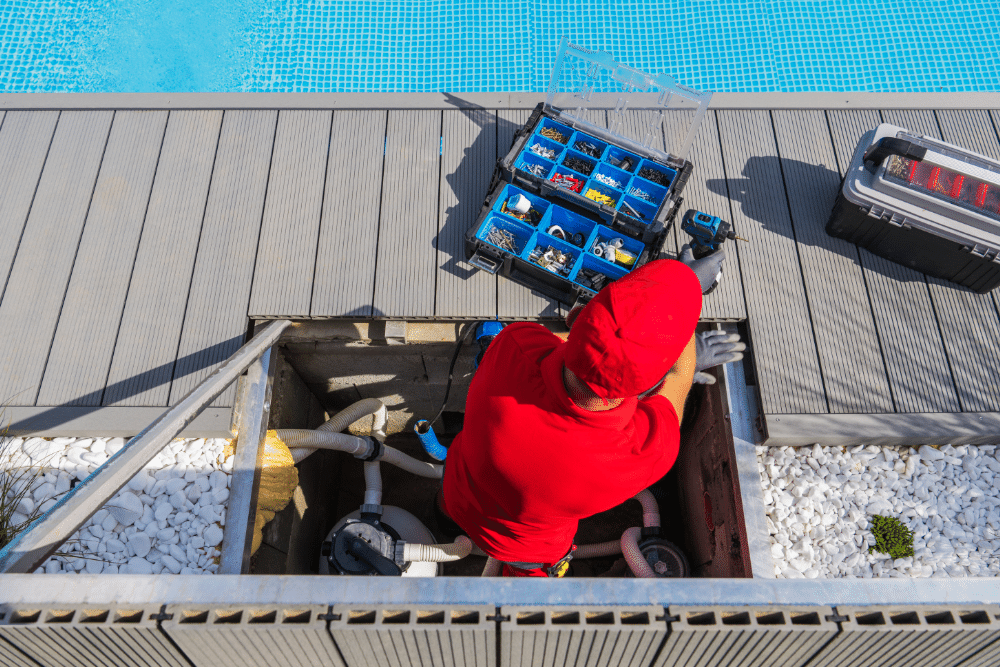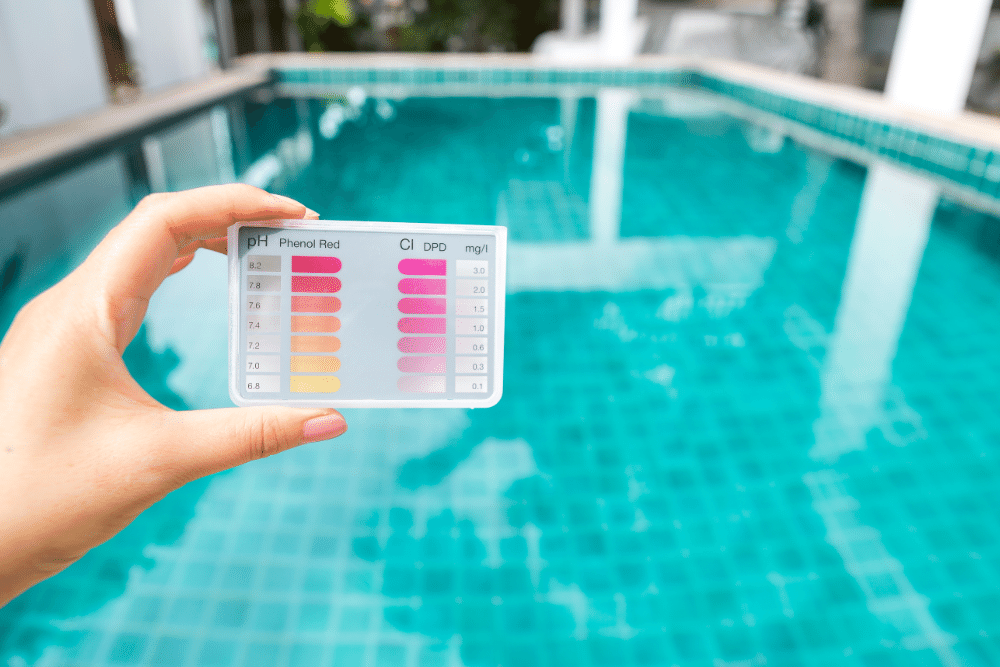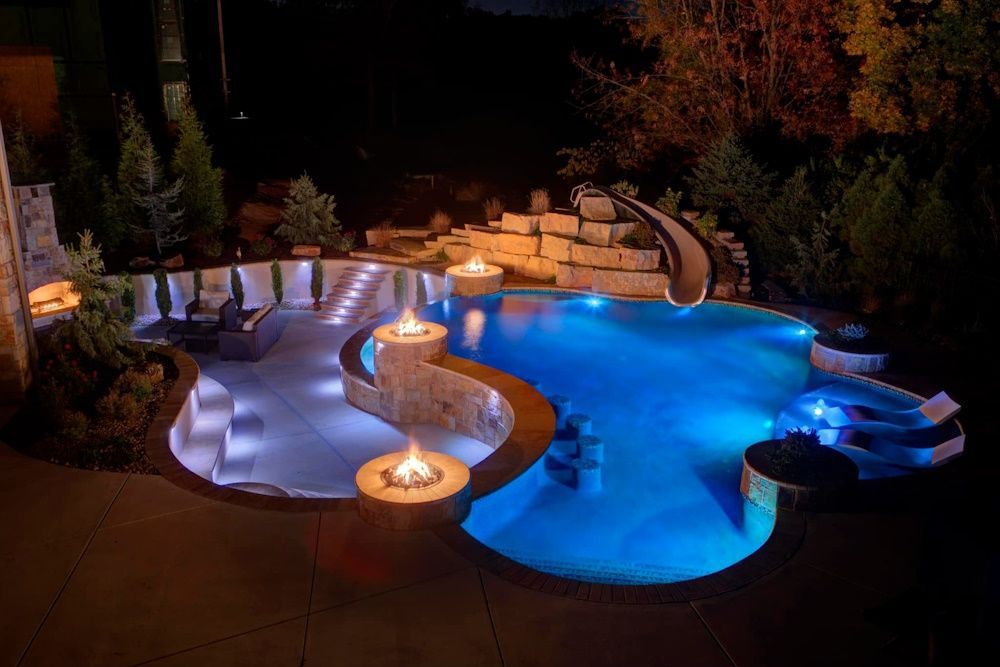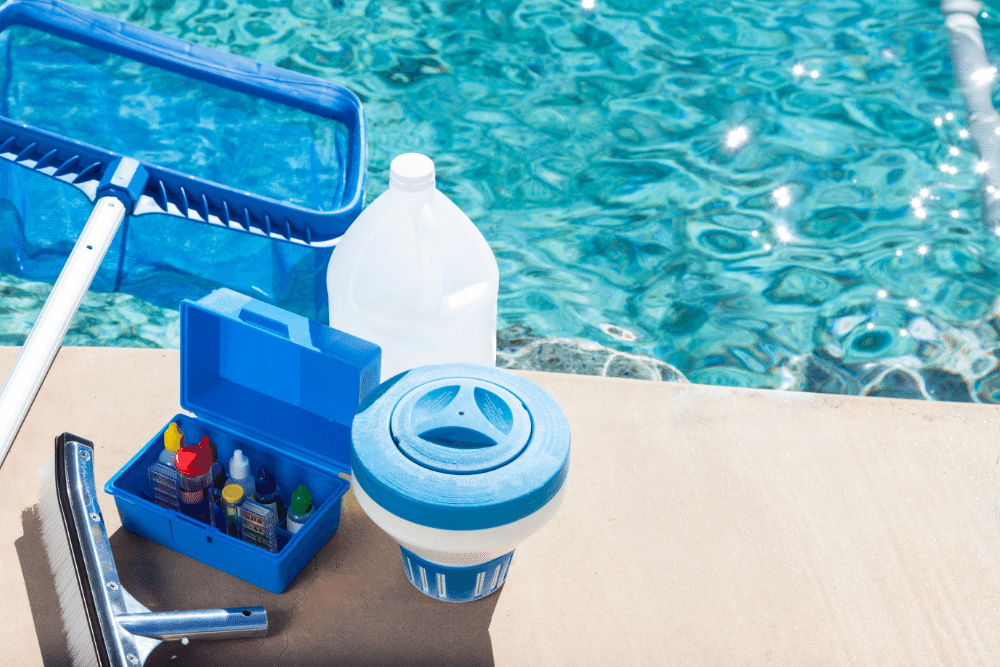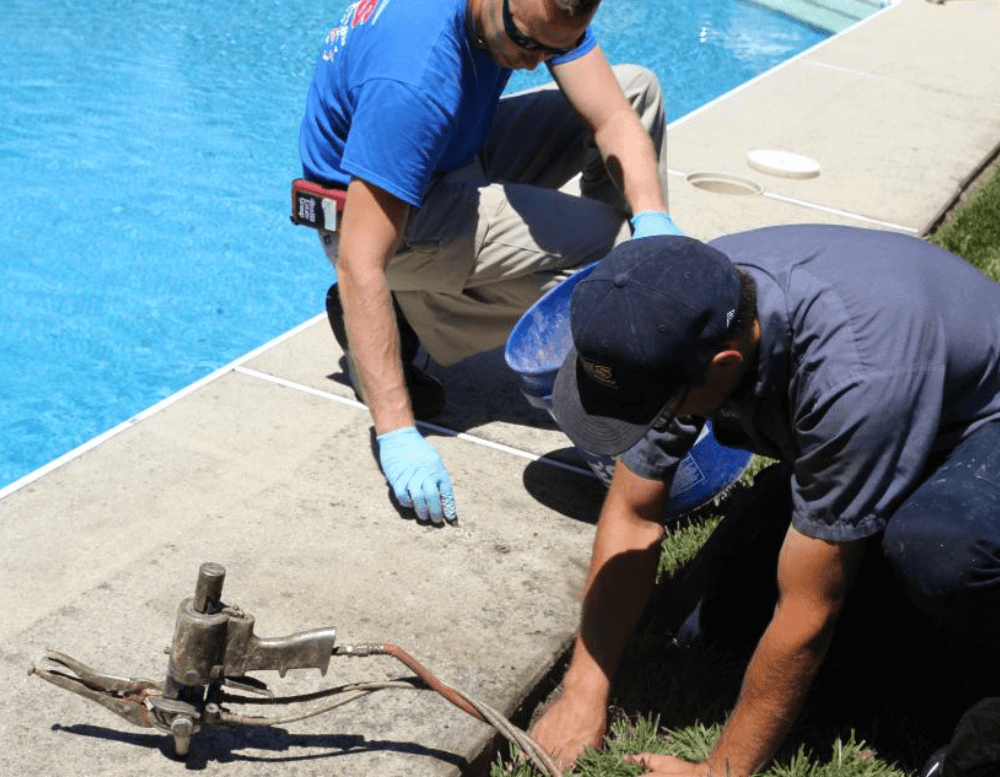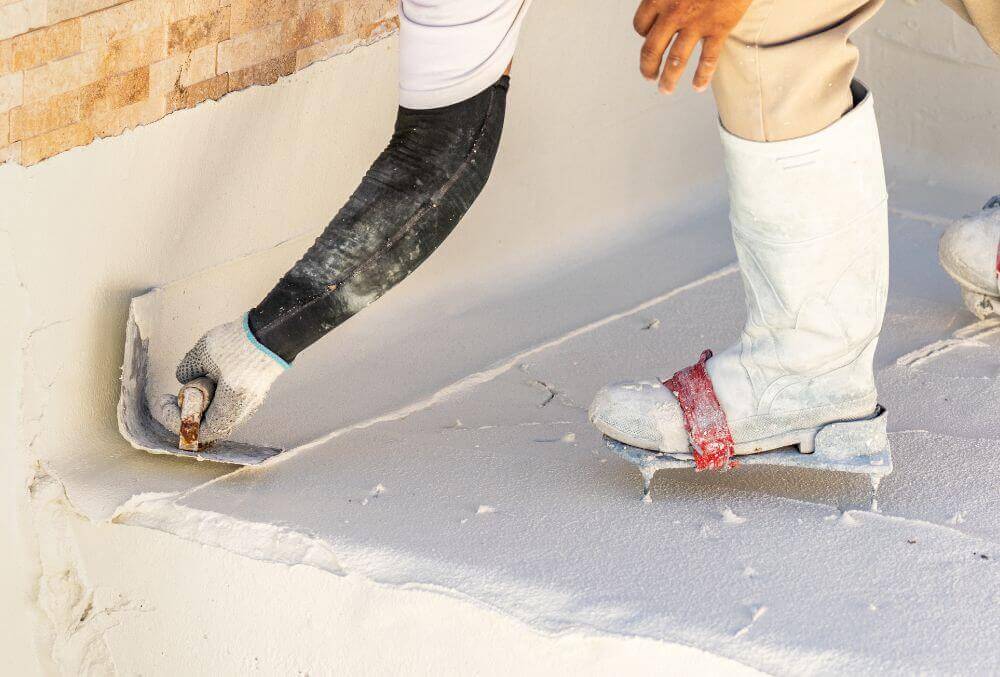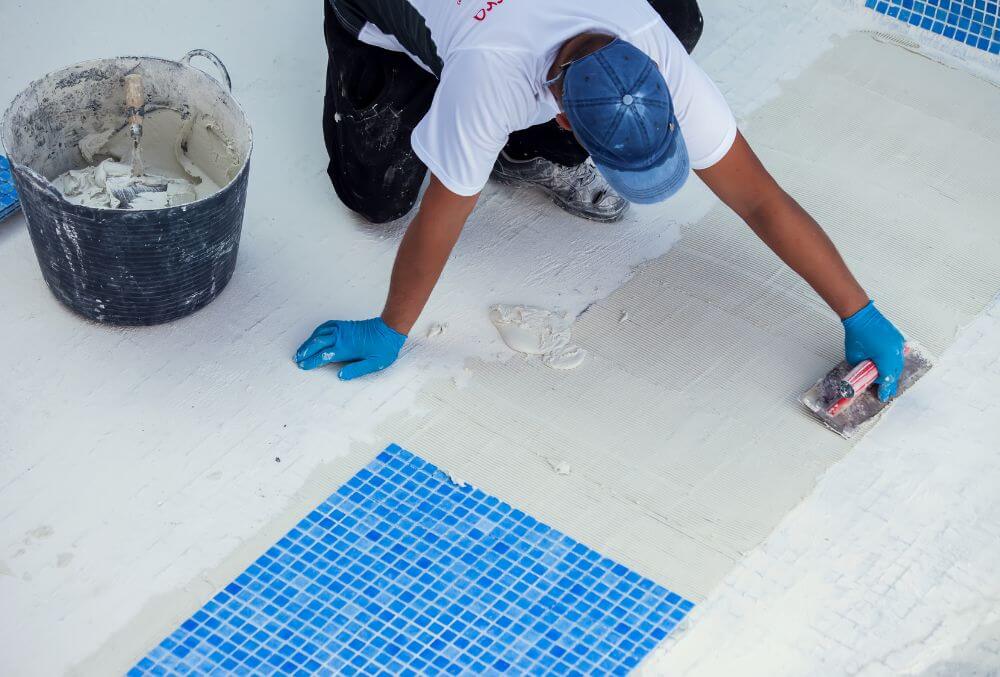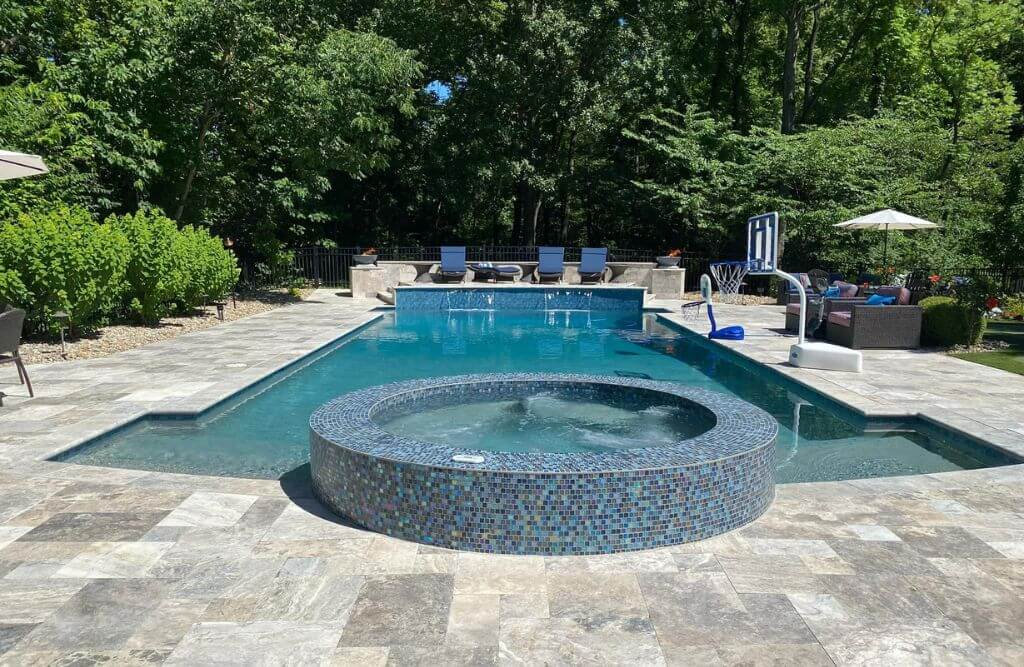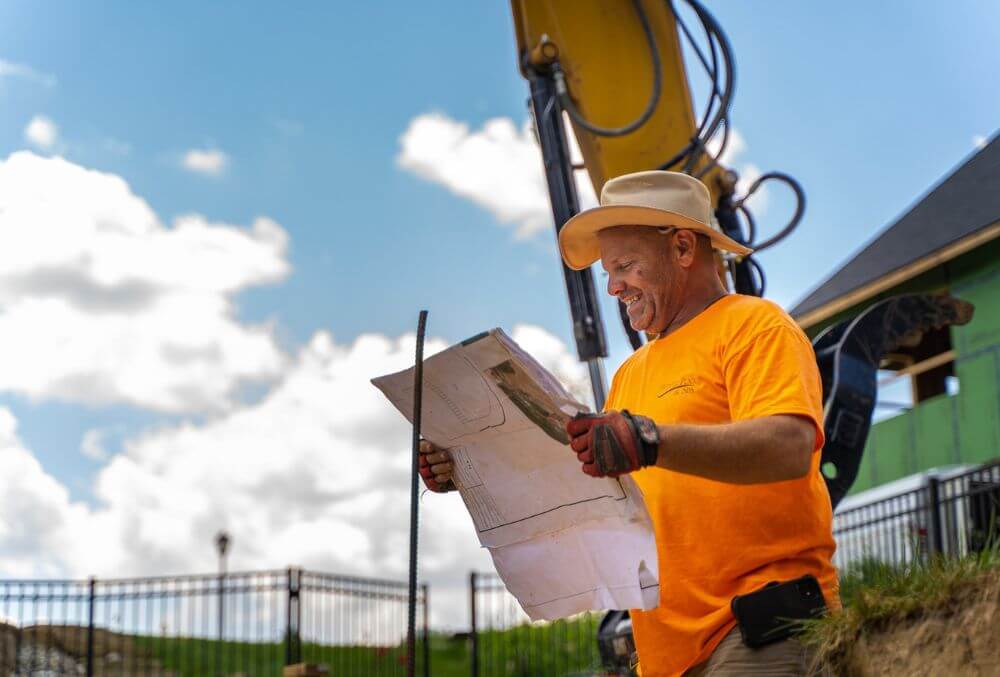We all know the reason that we must close pools in the winter is to keep them safe mainly. But do we really know how it protects the pool and the best way to do it? Some people skip pool closing because of the hassle, but in this blog, we'll explain why it's crucial and how to do pool opening properly.
Why is Winter Pool Closing Necessary, and How is it Done?
Closing a pool is worth your money and investment because it helps prevents damage in the swimming pools during winter. It means covering the pool because you won't use it for a while, and this process is also known as "winterizing" the pool.
More than protecting the pool and equipment from damage, closing a pool has more important benefits, such as:
- You save money from maintenance.
- You save money on electric and water bills.
- It keeps the water healthy.
- It keeps your loved ones safe.
Just like when you put food in a container, you cover it because you don't want dirt or other things to get in there and spoil it. But is it as simple as putting a food lid on? Pool closing has a few steps: cleaning, testing, and adding chemicals.
Essential Steps to Follow: From Prep to Closing
In this part of the blog, we will explore in detail how to prepare and close your pool for winter:
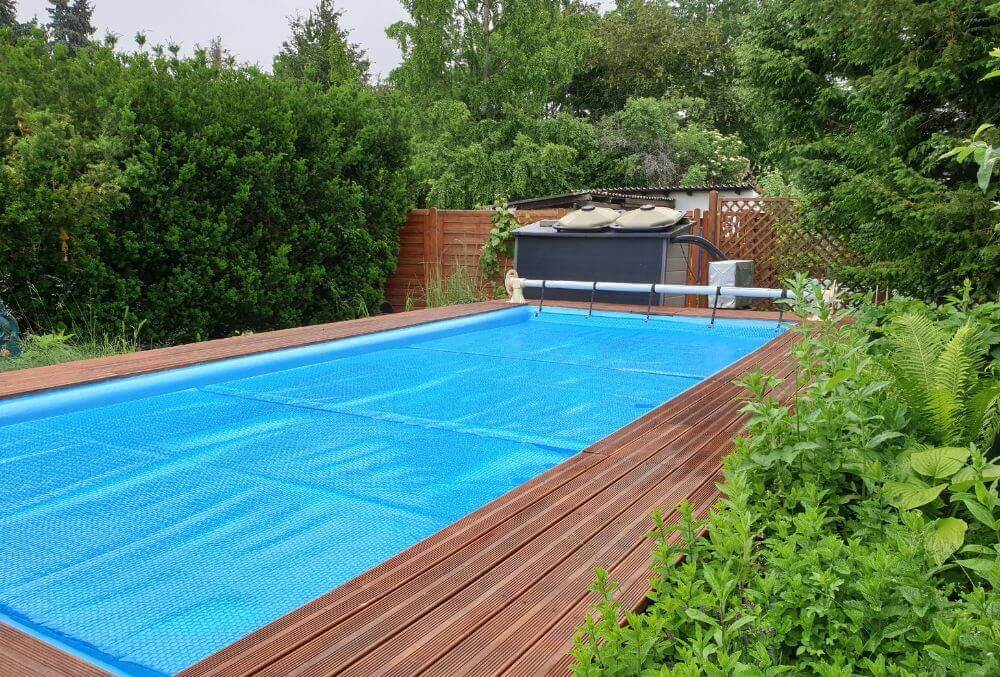
Clear Out Any Debris
Use a pool brush on a pole that extends to clean the walls and floor of your pool. This will stir up algae spores and sediment. To completely clean the dust, use an underwater vacuum.
Test Pool Water
People often use test strips and kits to check the chemicals in their pools. All chemicals like chlorine and pH should be measured with kits or strips.
Shock the Pool
Shocking your pool should be done days before closing, even if it looks clear enough. "Shocking" means adding chlorine or other chemicals to a pool to raise the free chlorine level. This level must be raised to eliminate algae, chloramines, and bacteria.
After Winter: Proper Pool Opening
Now that you have preserved your pool throughout winter, it's time for early summer's opening inground pool. Here's how to do it right:
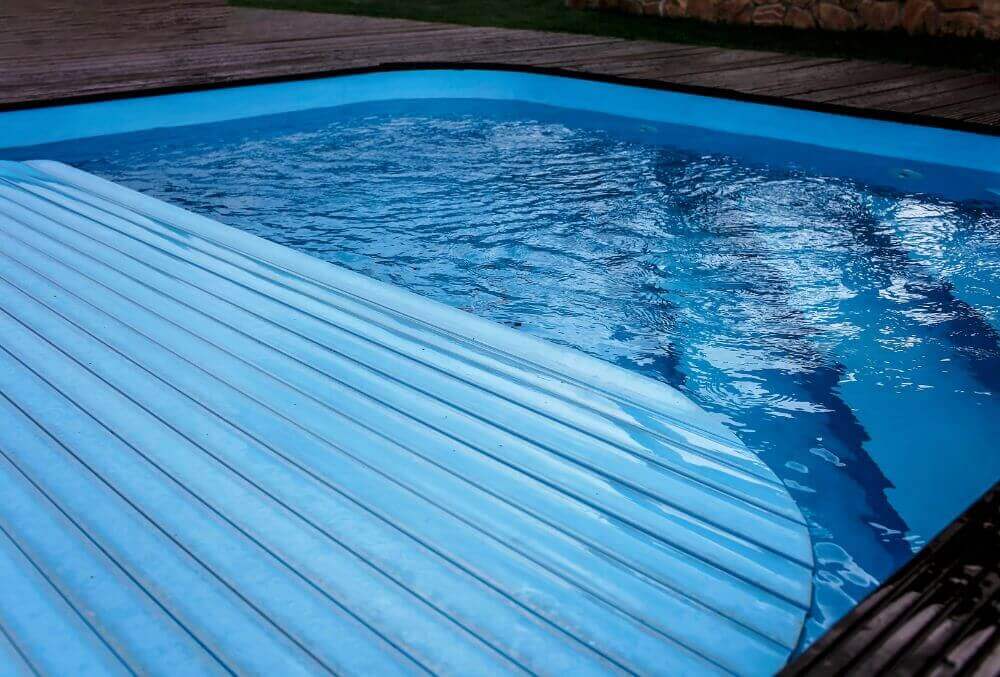
Clear Debris On Sides And Cover
Of course, to avoid the debris on the cover falling into the water, you should remove it diligently. Use a soft broom over the cover.
Remove, Clean, And Store the Cover
After cleaning, you'll be able to remove the cover safely. You should clean it more and then store it properly, and you'll gonna use it next winter season.
Fill The Pool
Even if you didn't drain it before winter, some water still evaporated. Note that the water level should be at the skimmer's midpoint. Use the skimmer to remove any debris that falls on the water.
Change Drain Plugs
Replace the winter drain plugs with the regular ones. Before removing the winterizing plugs, replace the skimmer baskets and drain any antifreeze from the lines. Reconnect the fitting for the return valve.
Run, Clean, and Shock The Pool Water
After checking the circuit breaker, run the pool pump and clean the pool as you did before closing it. That's how the pool is always set up, even when it needs repair.
Can You Do It Yourself?
If you have no time to do all these or you need the equipment to do it, you can avail of pool opening service for both pool opening/closing from
pool experts. It's little compared to daily
pool maintenance because of pool damage.
